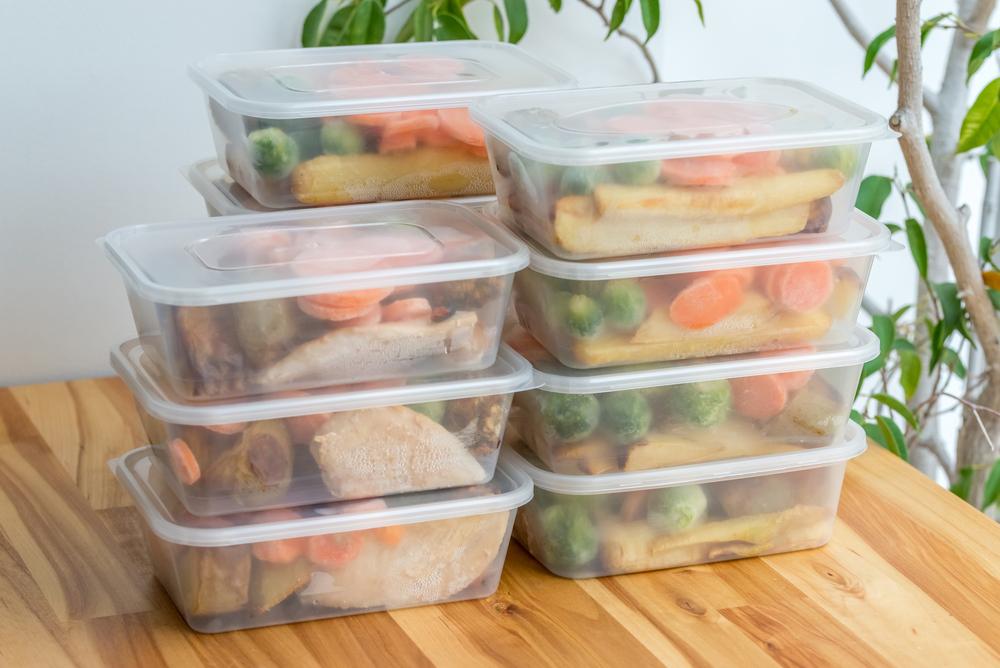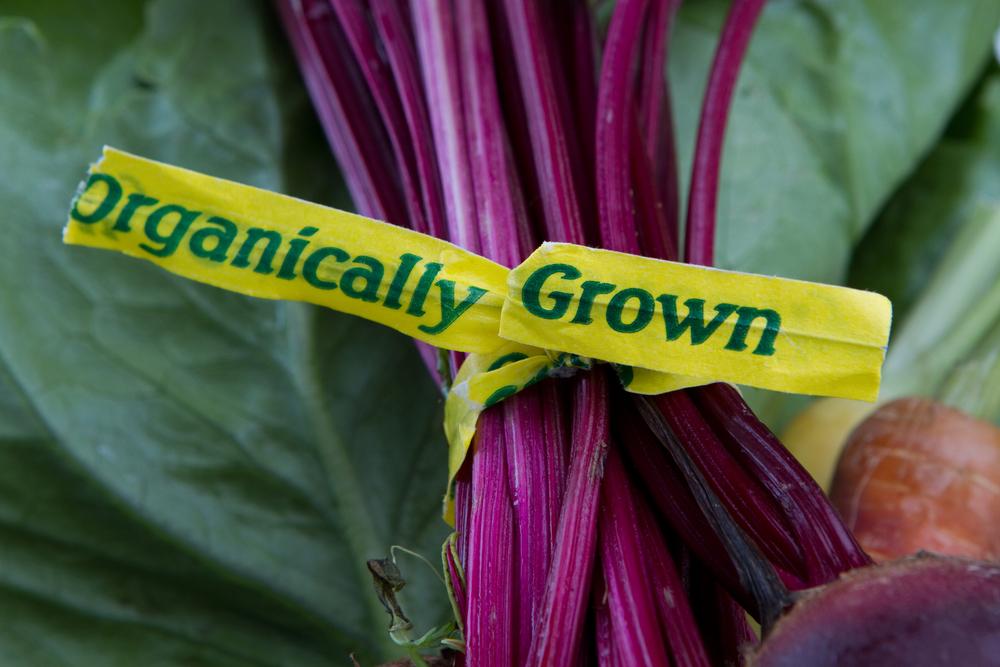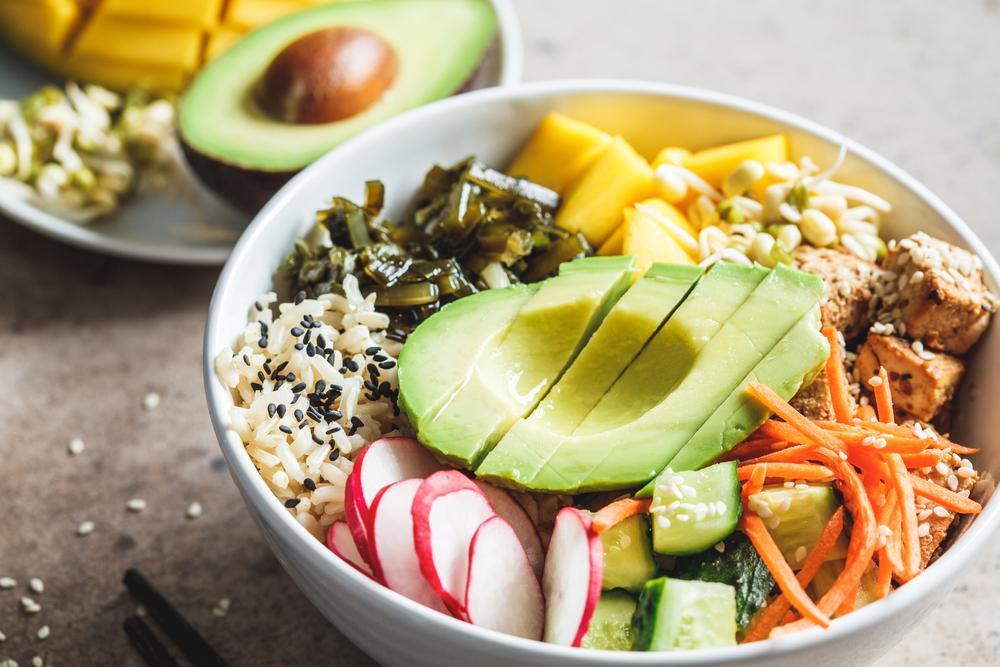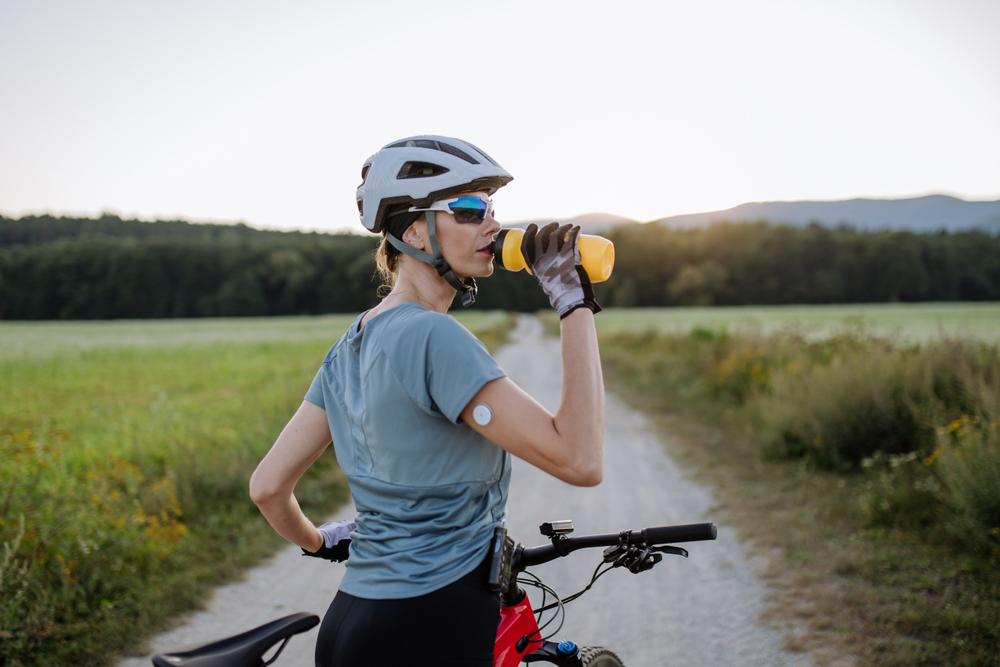 Before you know it, the weekend is coming to a close and it’s time to get your youth athlete ready for the busy week ahead.
Before you know it, the weekend is coming to a close and it’s time to get your youth athlete ready for the busy week ahead.
Meal planning is not only a popular trend in the healthy living world, but also a tool many moms and dads have added to their arsenal for making the week go by a little smoother. Planning meals ahead helps you save time and money, but also ensures your family is eating healthy and you’re not caught in a situation where you’re calling for pizza delivery or making a run to the drive-thru.
At TrueSport, we know that proper nutrition is a key component in helping your young athlete train, compete and recover. Here are five tips for family meal planning:
1. Create Your Grocery List
List out each day of the week either on a calendar, chalkboard or piece of paper so you know what meals are scheduled for what days for the week. On a separate piece of paper, begin compiling your grocery list with what is needed for breakfast, lunch, dinner and snacks. Watch out for duplicate items like milk or eggs.
Because you’re only buying what you need, there will be little to no waste and a huge savings on your grocery bill each week.
2. Meal Prep on Sundays
Before the week gets started, choose Sunday to select your meals, grocery shop, cook and portion out the meals for the week. If certain dishes and snacks require fresh prep, you can also set aside a day mid-week to prep the rest of the week’s dishes. You’ll be amazed how much time this saves during the week.
Imagine pulling out a Ziploc bag of stew and popping it in a pot for dinner? Or opening the fridge and handing Tupperware to your child for lunch? So easy! Don’t be afraid of leftovers either. Dinner leftovers can be lunches for the next day.
3. Stock Up on Food Storage
By cooking meals on Sunday, you can then portion out the meals and save them either in the refrigerator or freezer for the week.
Purchase reliable Tupperware and containers, for both the freezer and fridge, so your food will be kept fresh. This also helps with portion control by providing enough fuel for your athlete, without slowing them down.
4. Find a Trusted Healthy Recipe Resource
Like we mentioned before, meal planning is a huge trend. Finding a reliable resource for meal ideas, meal planning tips and proper nutrition is key.
We have developed a science-backed Nutrition Guide for athlete performance available for download that discusses carbohydrates, protein, hydration and supplements, as well as several expert blog posts with meal ideas and nutrition tips.
5. Involve the Entire Family
You don’t have to do it all alone. Make it a fun family activity to plan the week’s meals together and allow everyone to provide input.
You could even have each family member pick one meal they want that week, but the catch is, they have to prepare it. By doing this, you’re making it a team effort and it makes it a fun experience for everyone.
—
While the meal prep days may seem daunting at first, your initial week of prepared and planned meals will show you it’s worth the effort.
For more on meal planning, take a look at some ideas from Whole Foods, download a meal planning app for building your grocery list, find some new recipes to try and get started.
Connect with TrueSport on Facebook and follow for more nutrition tips and healthy recipe ideas for young athletes.



